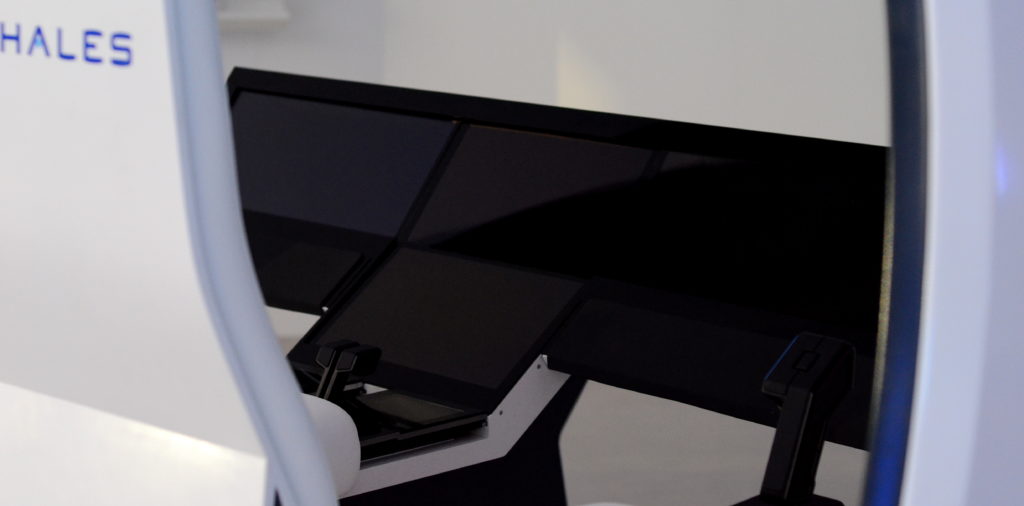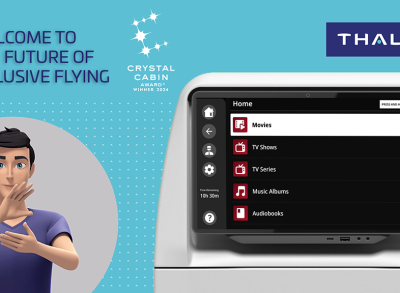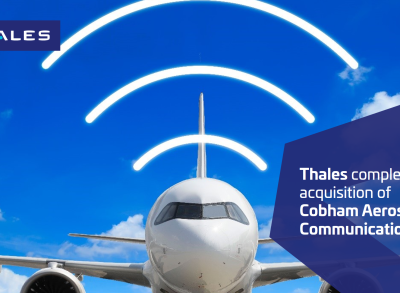What is new on Avionics 2020?
Building on Thales’s leading position in aircraft connectivity, Avionics 2020 has been developed to be adapted to a connected environment.

Regarding trajectory management, air traffic controllers or flight dispatchers can update flight plans and transmit them directly to the Flight Management System for automatic upload and pilot validation. The same applies to wind and weather updates for prediction optimization. The cockpit is fully able to support new functionalities issued from SESAR and NextGen programs dedicated to cooperative flow management between pilots and controllers to optimize the use of airspace.
A seamless link with the airlines’ operations centers allows critical system status and aircraft performance data to be transmitted to operators for monitoring and optimized maintenance services to minimize turnaround time and aircraft downtime.
| Avionics 2020: a star is born After reaching a threshold for the complexity and number of functionalities which could be included in the current designs of cockpit architecture, the need to redefine the cockpit system of the future was crucial for Thales. Why a new cockpit design? In 2011, Thales developed the ODICIS (One Display for a Cockpit Interactive Solution) concept, based on a single screen benefitting from more flexibility to organize information within the cockpit and with hands-on direct interaction for the pilot. Avionics 2020 has been developed upon this initial concept. Inspired by ODICIS, this new-generation cockpit has been enhanced by the use of new mature technologies in order to be available for entry into service by 2020. Who is it designed for? Avionics 2020 is aimed at both civil and military applications across all market segments, including commercial air transport, business jets, helicopters, and military fighters and trainers. It has been especially designed for pilots and crews to ease flight operations by reducing or optimizing workload, especially during periods of high activity levels, i.e. take-off, landing and approach. Avionics 2020 meets aircraft manufacturers’ and operators’ needs as well to deliver new safety improvements, optimize mission efficiency by minimizing fuel burn or aircraft maintenance costs, reduce costs of implementation, installation and integration, as well as create differentiation through customized, adaptable solutions which can easily evolve throughout the aircraft life cycle. |




